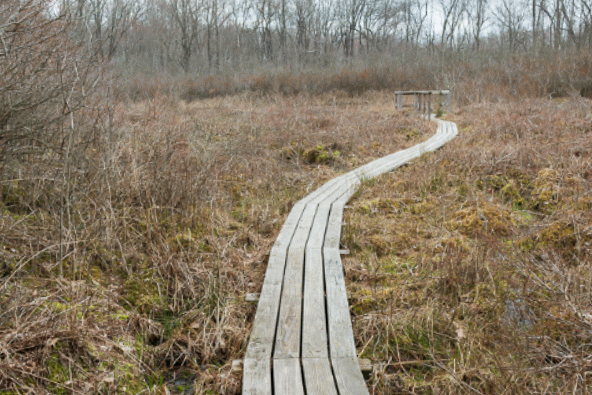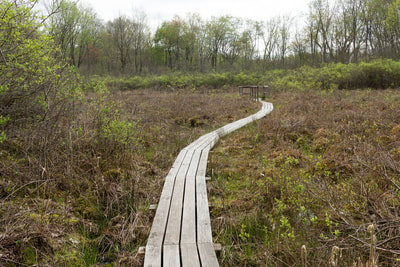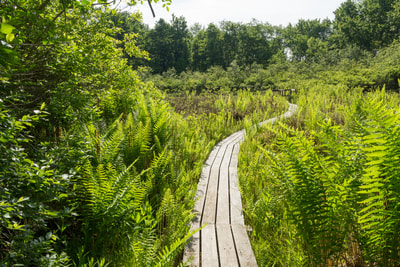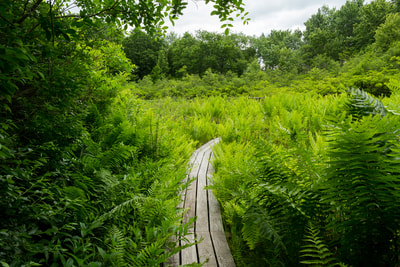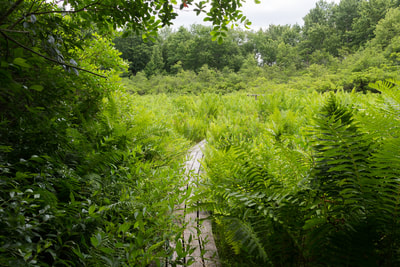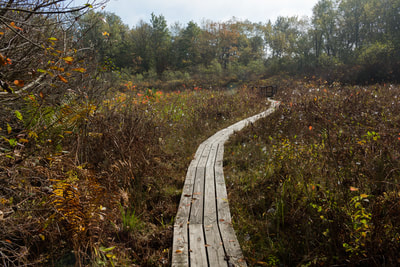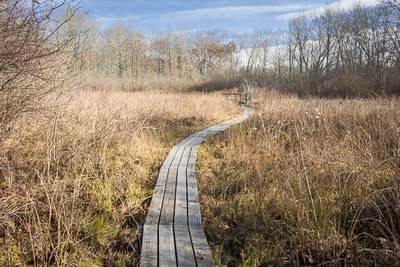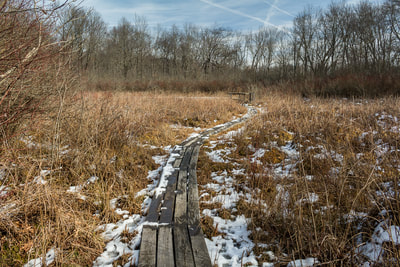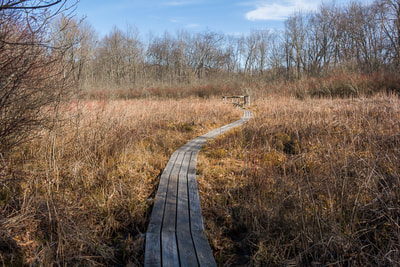If you have been following the blog for some time you may remember the project I did last year where I photographed one hill over the span of a year. Watching the changes through a full year is an amazing experience so, yep, I've been at it again! This year I wanted to see how Brown's Lake Bog changes, when it's big growth and diebacks are, what's blooming.
Early April
Spring is slowly creeping in. While it's still pretty brown, the moss is beginning to pick up color and the ferns are just peeking through the mounds.
Late April
Color has arrived, the trees are beginning to fill out, the fern stalks are reaching high-still curled, the warm musty air of the bog can be found as a breeze drifts by.
Late May
The ferns have unfurled, the round-leaf sundew are waking up, and the pitcher plant flowers are creating an alien landscape throughout the bog. The first rushes and sedges are slowly stretching up.
Early June
The greenery has taken on a lush green color, absorbing the warmth and sun. The soft rushes are growing tall, their inflorescence (cluster of tiny green flowers) bursting from the side. Rose Pogonia Orchids are beginning to bloom, their delicate pink dutch caps spotting the tops of the grasses. The sundew are plumping up, swamp candles are in bloom, sedges are beginning to fruit. The bog is awake.
Late June
The growth continues as it encroaches on the boardwalk. The swamp loosestrife is stretching up and stretching over getting ready to put on a show of rumpled purple flowers.
Mid July
Generally by this time of year, the board walk is just a memory and you walk through the loosestrife which would have taken over by now, however, the Nature Conservancy has done a great job this year to re-open the bog - in the first photo you may see felled trees, succession has been creeping into the bog and the high brush blueberry bushes were crowding out the unique bog plants, the NC came in this spring and cleared out the encroachers. They also cleared along the boardwalk making it easily accessible in the warm summer months when the ferns and loosestrife would have overtaken the path. Thank you for managing this natural resource.
Mid August
The swamp loosestrife is blooming now. The tawny cotton grass' tufts create an array of clouds hovering just over the sea of green.
Mid September
It's my favorite every year, the first signs of fall can be found in the bog. The ferns begin turning luminous shades of gold and burgundy, the pitcher plants are fat and full, the swamp loosestrife's foliage becomes a gradient of green to crimson. The full bodied scent of bog air begins to have a sharp crispness to it and you will know fall is near.
Mid October
The leaves of the plants in the bog are all crimson and gold, the sphagnum is turning red, and the visibility is opening up. This time of year at the bog the poison sumac has formed great big clusters of fruits, you can see them from the boardwalk looking up.
Mid November
The only color in the winter landscape is a bit of green from the mosses speckled here and there. The dried out pods are releasing their final seeds as they come crashing back to the Earth. It is now time to rest.
Mid December
The first snow of the season with an even bigger snow on the way. The only sounds to be heard were the distant tapping from a woodpecker and the occasional crowing from the neighbor rooster. You can just start to see the kettle hole in the image as the growth settles down under the weight of the cold and snow.
Mid January
Single digit temperatures preserving the deep snow on and around the bog. Signs of deer picking at the sphagnum looking for food are more abundant. The lichen on the trees stand out in the white landscape.
February
It's still quite cold, the deer have made their paths over the ice covered bog, but the past few days of warmth have begun to turn the sphagnum florescent green once again. On closer inspection, the smallest starts of the Purple pitcher plant could be seen. Spring will be here before we know it.
March
Very early signs of spring are everywhere, moss is turning bright green, buds are forming on the trees, pitcher plants are rapidly growing, and the tiniest curled up sundews are just breaking the surface of the moss!
